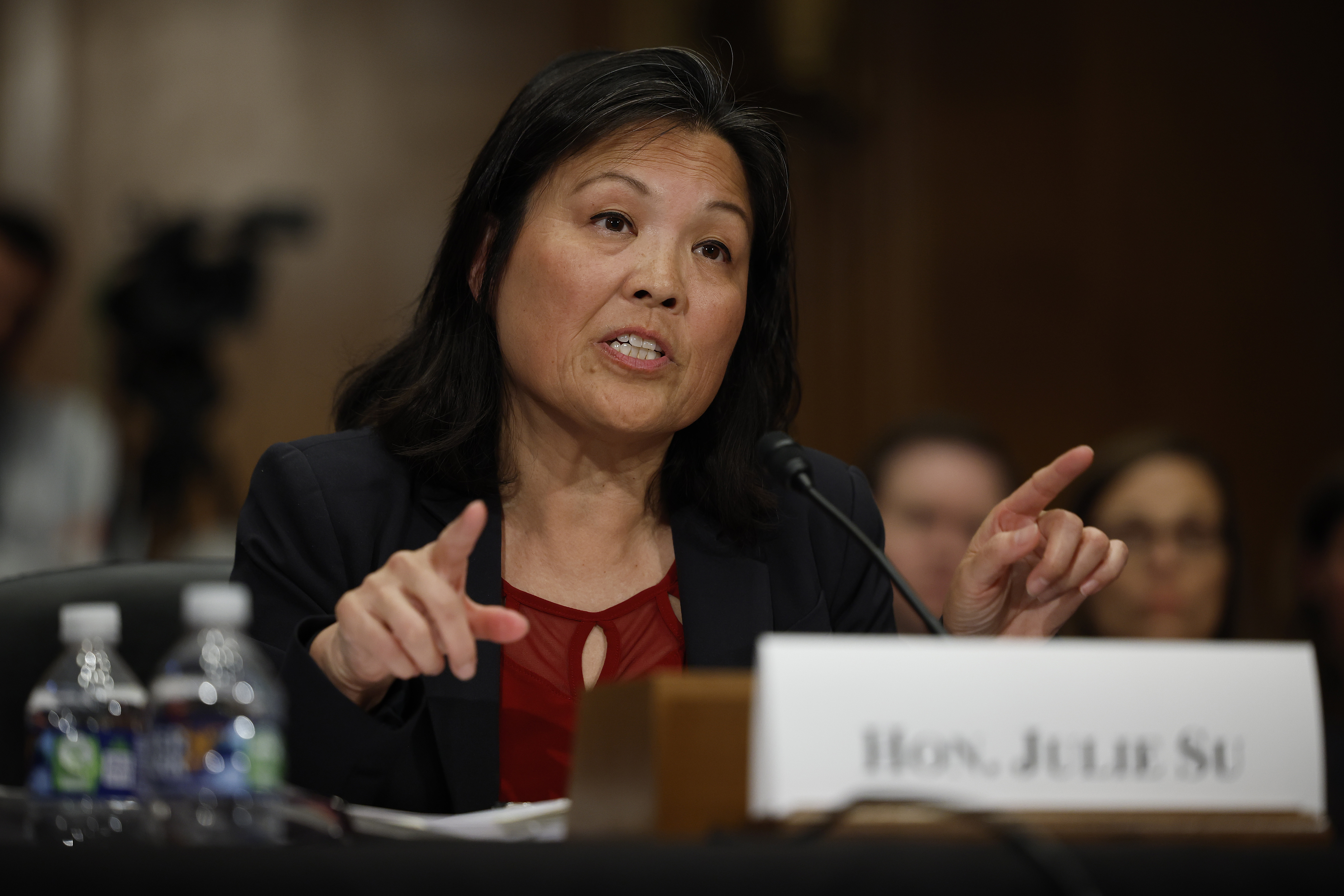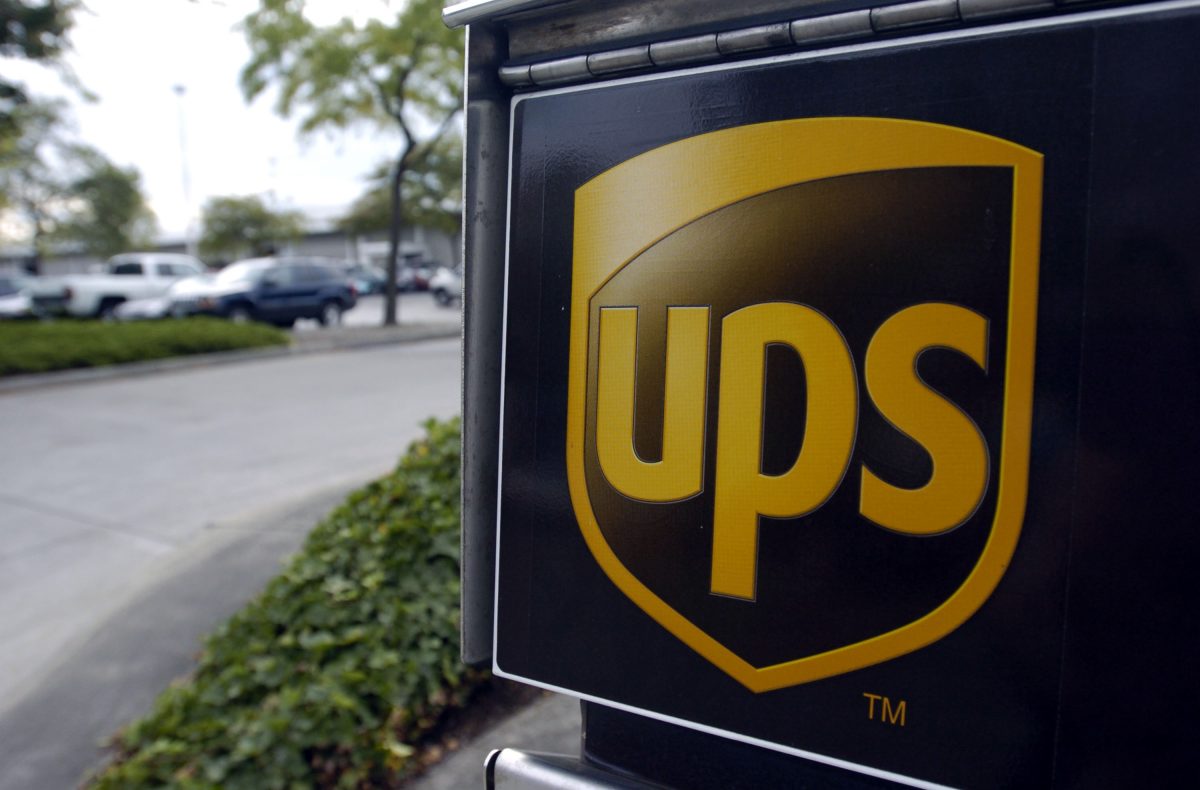Last week, talks between the International Brotherhood of Teamsters union and UPS broke down twice—once as June drew to an end and the Teamsters walked from the table demanding that UPS present their “last, best, and final offer,” and again on July 5 with both parties pushing the blame.
Contracts for the 330,000-plus UPS delivery drivers and warehouse logistics workers expire at the end of the month, and the Teamsters are applying pressure on UPS—and Amazon. Workers contracted to delivery goods for Amazon began picketing two weeks ago and have, in the past week coinciding with UPS negotiations breaking down, brought these protests onto the East Coast to increase their visibility.
On Friday, acting U.S. Labor Secretary Julie Su said on CNN there was no need for the Labor Department to intervene in these talks, while White House Press Secretary Karine Jean-Pierre said there was no plan to increase administration involvement, “but certainly we remain in contact with both parties.”

Stalemate
UPS stated on July 7 that “significant progress” had already been made and put the ball in the Teamsters’ court to continue negotiations.
“Just over three weeks remain until the current contract expires Aug. 1. Refusing to negotiate, especially when the finish line is in sight, creates significant unease among employees and customers and threatens to disrupt the U.S. economy,” UPS stated.
The Teamsters’ statement on July 5 accused UPS of walking away from the bargaining table.
“Following marathon negotiations, UPS refused to give the Teamsters a last, best, and final offer, telling the union the company had nothing more to give,” the Teamsters said after negotiations broke at 4 a.m.
The last time UPS workers walked off the job was 26 years ago in 1997, under a vastly different industry and landscape. The 15-day strike cost the company $850 million.
In 2022, UPS says the company made 24.3 million package deliveries each day, to the tune of 6.2 billion packages a year worldwide representing $100 billion in revenue.
“We are not refusing to negotiate. They know what we want,” Teamsters General President Sean M. O’Brien said Friday on ABC.
UPS recently agreed to get rid of a two-tiered wage system, one of the main points that the Teamsters insisted on. But there are still disagreements over the rules for part-time worker pay.
Unions, Strikes, and Amazon
In the meantime, the Teamsters have organized picket lines outside several Amazon warehouses, perhaps also in an effort to put pressure on UPS. Members had voted 97 percent in favor of authorizing a strike should the UPS contract expire Aug. 1 without a new one in place.
Delivery drivers and dispatchers from Palmdale, California, have been extending their protests to east coast warehouses in recent days, including in Massachusetts, Connecticut, and New Jersey.
The 84 workers are employed by Battle Tested Strategies, not Amazon itself. Amazon had said in a statement it already had plans to stop working with Battle Tested Strategies before the strikes.
Labor unions have not had much success within Amazon.
Last year, Amazon Labor Union on Staten Island, New York, won the right to organize and became the first Amazon union. It became certified this January and there have been few similar efforts since.
Despite the fact that union approval rates have hit a historic high at 71 percent, union membership has halved since 1983 and continues to decline. Membership stood at 10 percent in 2022.
UPS stock dropped on June 30 as well as Wednesday as news broke of the stalled negotiations but have since recovered.
















































